[Medicine Buddha who can remove disasters]
[Hirata Sekizan Chusonji Temple]
[Visit the Medicine Buddha who can remove disasters, Amitabha Buddha, in Tohoku, Japan]
[The thousand-year-old immortal lamp]
Two golden lanterns stand on both sides of the main Buddha. They were lanterns that were burned in 1958 from the Tendai sect’s head temple, Enryaku-ji Temple on Mount Hiei, which had never been extinguished for 1,200 years. Seeing the lights that have lasted for a thousand years is so touching~

We were traveling with a tour group as a family, not on a special trip.
On the day of our visit, we found out that the world heritage site Chuson-ji Temple was opposite the Chinese restaurant, but there was no itinerary to visit it! I had to give up my meal time and walk and run to pay my respects within 40 minutes. I passed by the Medicine Buddha Hall and found that it was the Medicine Buddha who can eliminate evil.
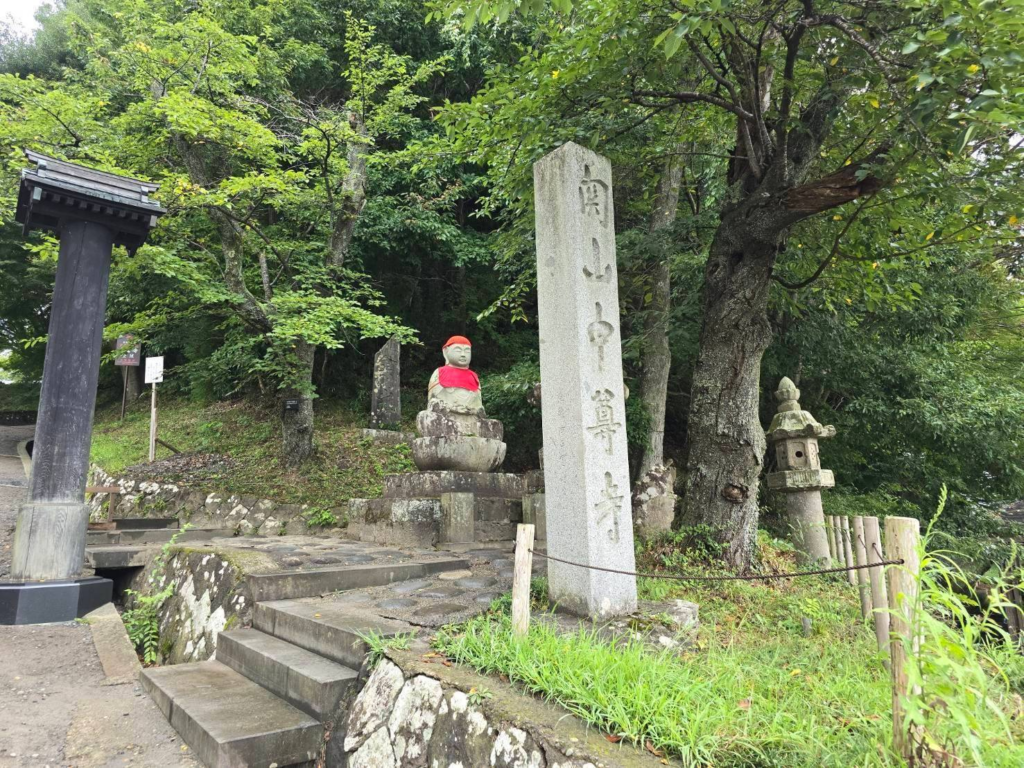
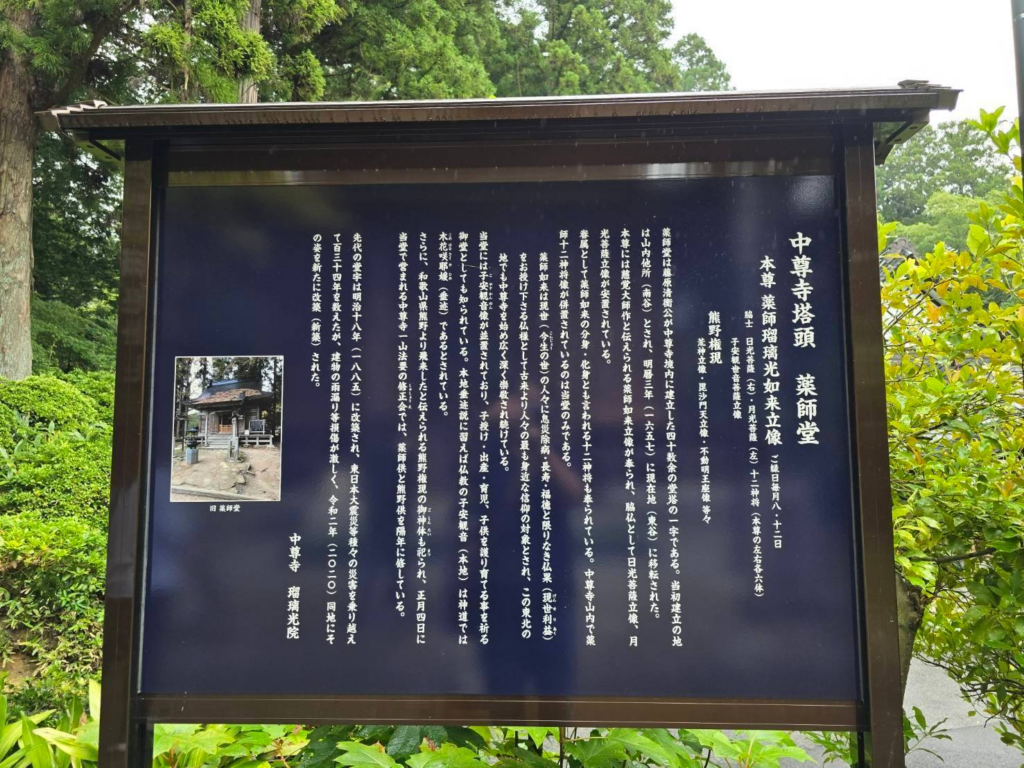
The Medicine Buddha is rarely seen in Taiwan, but is very common in Japan.
In Taiwan, it is probably only enshrined in the Four Minds in Ji’an, Hualien, or in Shoufeng and Henan Temple, Hualien.
https://www.facebook.com/share/p/g4vN6KFYqufMSSyL/?mibextid=oFDknk
[The Medicine Buddha who is established is the Medicine Buddha who eliminates disasters! 】Shikoku Pilgrimage Route 23 Yakuoji Temple
Shikoku Pilgrimage Route 35 Seiryuuji Temple
It is the Medicine Buddha who removes disasters!
In addition to Route 23 and 35 in Shikoku,
Japan also has the opportunity to visit the Yakushi Hall at Hirata Chusonji Temple in northeastern Japan today.
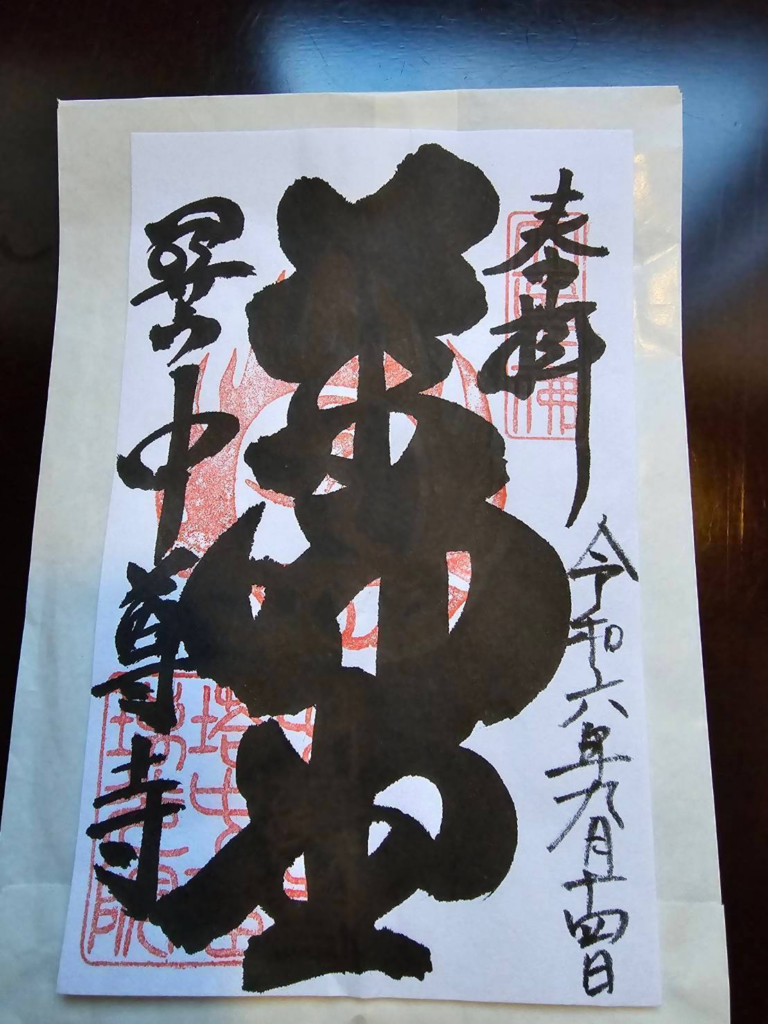
【Over a thousand years of history, this world heritage site! Beautiful golden national treasure temple – Hiraizumi “Chusonji Temple”】
Hiraizumi’s “Chusonji Temple” was founded in 850 AD. Its founder was the eminent monk “Jikaku Daishi Ennin” from Enryakuji Temple on Mount Hiei. Large-scale construction was then carried out in the early 12th century, when wars were raging in northeastern Japan, and many people died. The purpose of Chusonji Temple is to commemorate the many people who died in the war, regardless of friend or foe. In addition, it is said that Fujiwara no Kiyohira, the first generation of the Oshu Fujiwara family, also expressed his determination to “never repeat the mistakes of war” by establishing Chusonji Temple. With Buddhism as its core, Pingquan maintained its prosperity for nearly 100 years. Many buildings and treasures were subsequently destroyed by fire, but cultural heritage such as the Golden Hall, Japan’s first building to be designated a national treasure, as well as buildings, paintings, documents, crafts, sculptures, etc., are still in good condition, making Chuson-ji Temple even more precious.
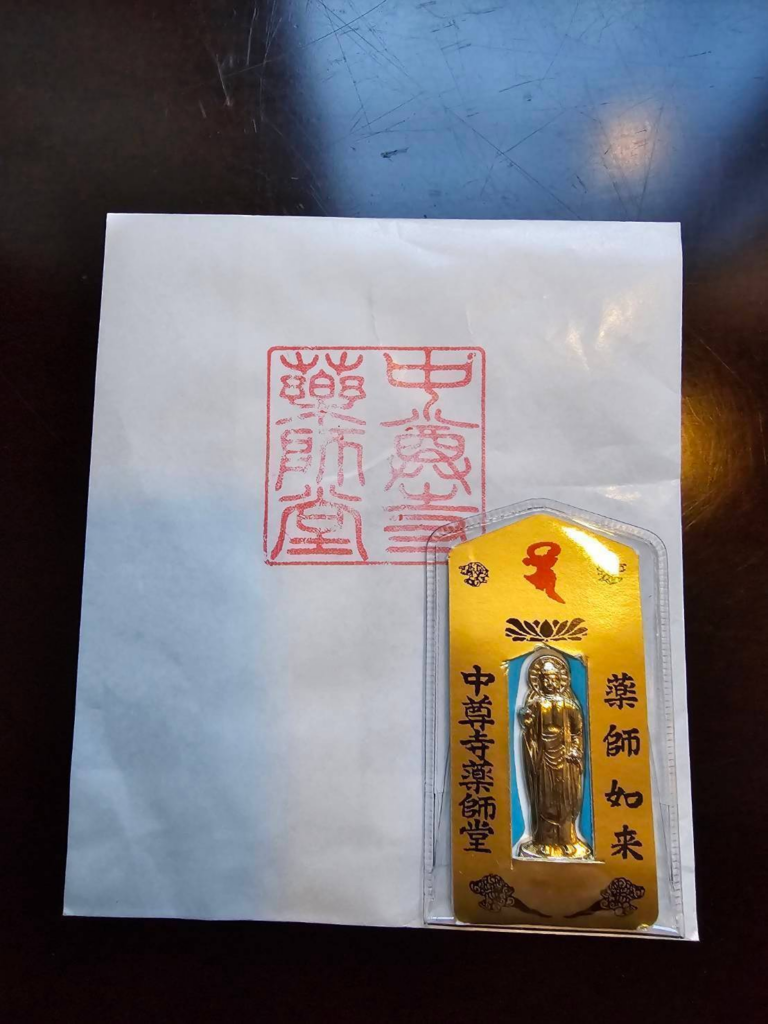
Chuson-ji Temple is located in Hiraizumi, Iwate Prefecture, northeastern Japan. It is one of the best temples in eastern Japan, with many national treasures and important cultural properties such as the Golden Hall. Also known as the Heian Buddhist Art Treasure House, it houses more than 3,000 cultural assets. In addition, the Hiraizumi Buddhist Pure Land complex, including Chuson-ji Temple, and its buildings and gardens, was registered as a World Heritage Site in 2011 and is known around the world. The various cultural heritage sites with a history of over 1,000 years are so moving just by looking at them.
On the approach to Chuson-ji Temple, follow Tsukimi-zaka Street, pass the Jizo-do Hall, and on the left is the Yakushi-do Hall. The temple was renovated about 140 years ago and is dedicated to the Medicine Buddha, Sunlight Bodhisattva and Moonlight Bodhisattva.
Next to it is the Guanyin Hall, and near the front is the stairs leading to the main hall, which is a place with many tourists.
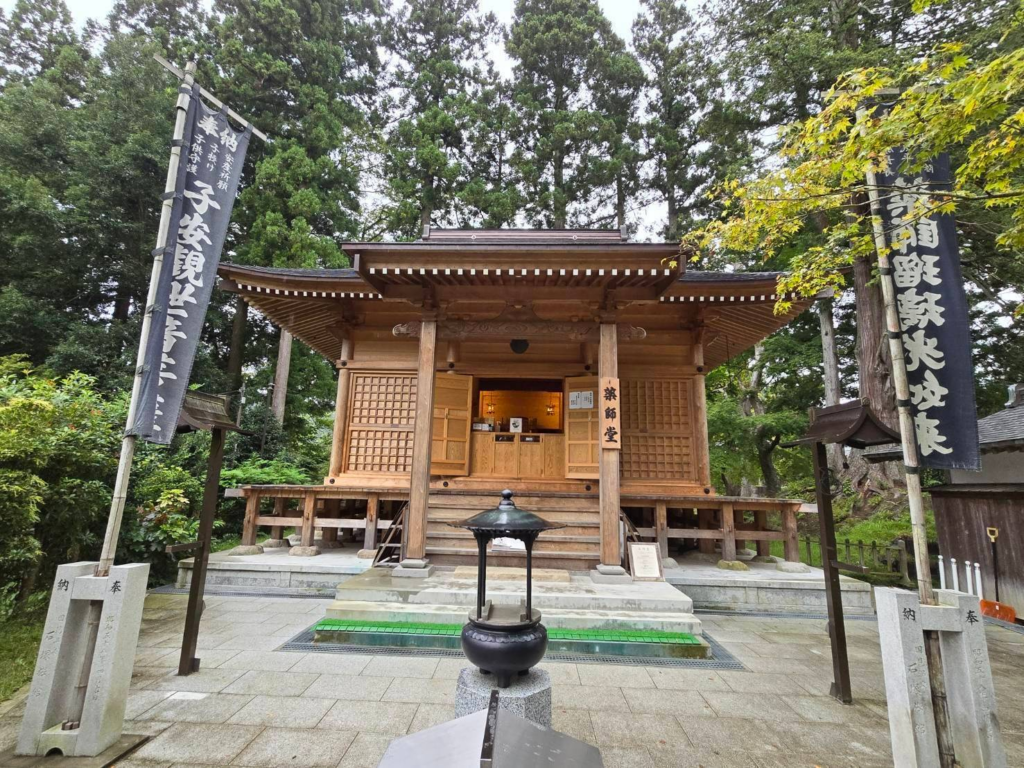
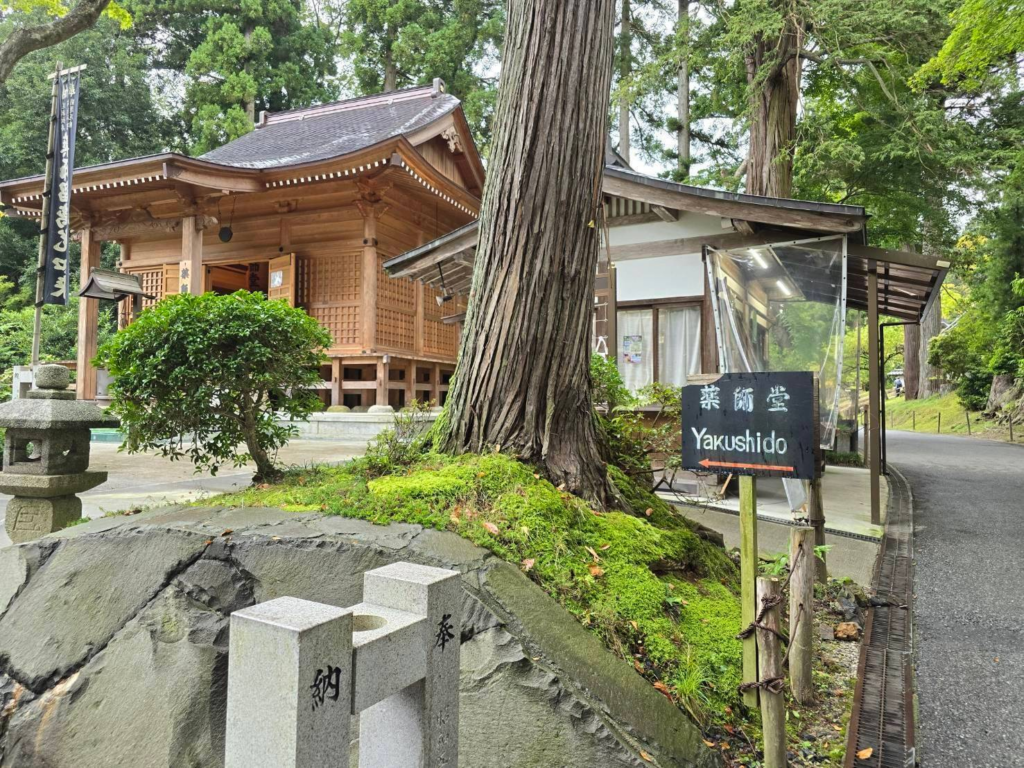
Overview of Yakushi-do (Chuson-ji): According to the information board of Yakushi-do, “This Yakushi-do was built by Lord Fujiwara no Kiyohira on the grounds of Chuson-ji Temple, with more than 40 halls and pagodas. The historic site shrine is not at the current location but was built elsewhere, but it was built at the current location in 1657. There are twelve gods, and this Yakushi-do has been widely worshipped in the Tohoku region centered on Chuson-ji Temple since the Heian period.
The main hall of Guanshan Zhongzun Temple enshrines Amitabha Buddha,
Amitabha Buddha (Sanskrit: अमित━भ, Amitābha), meaning the Buddha of Infinite Light, is also known as the Buddha of Infinite Life (Sanskrit: अमित━यूस्, Amitāyus), also known as the Buddha of Infinite Purity, the Buddha of Avalokitesvara, and the Buddha of Pure Dharma Nature
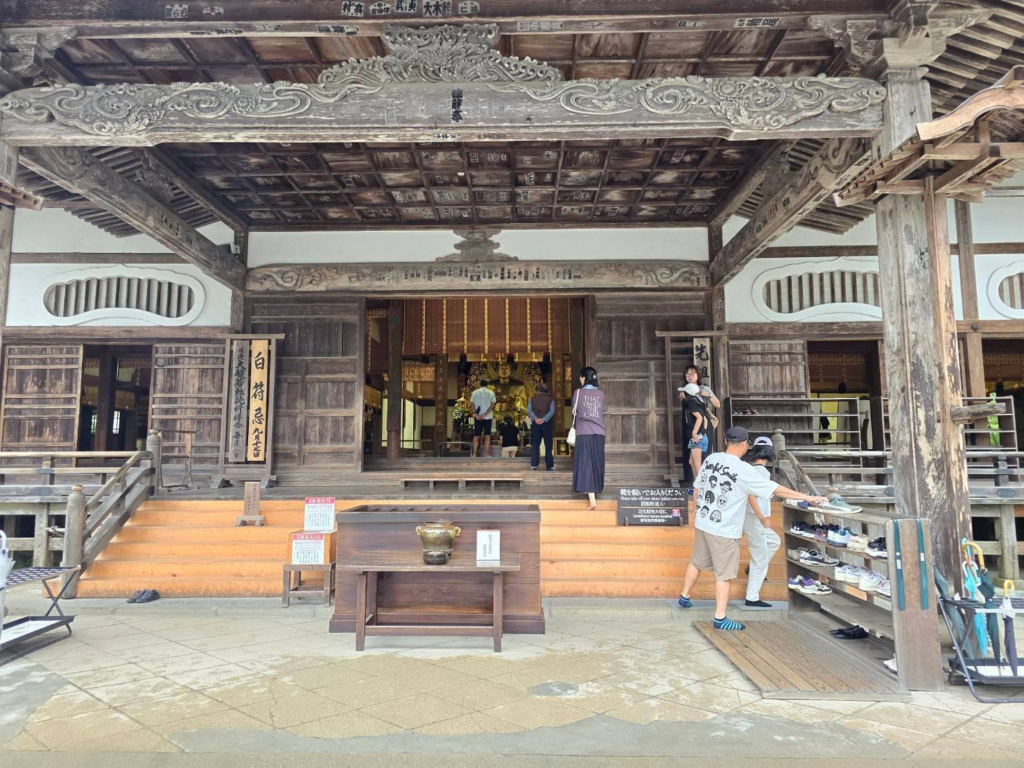
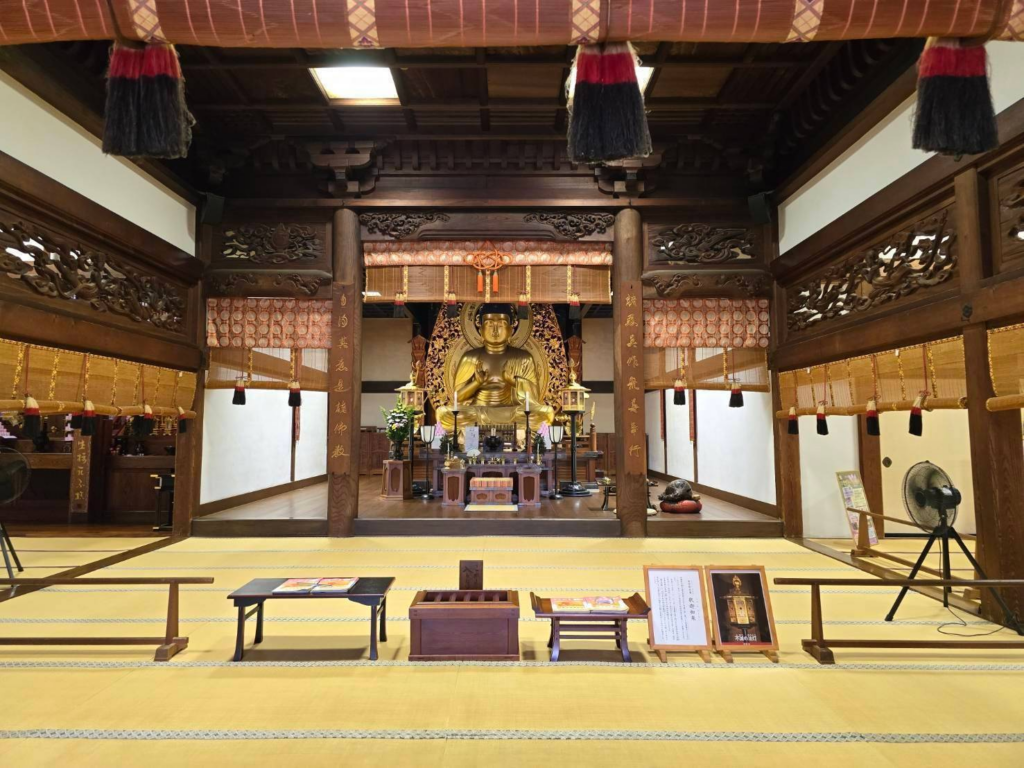
Actually, I am more curious about the “Immortal Dharma Lamp”!
Two golden lanterns stand on both sides of the main Buddha. They were lanterns that were burned in 1958 from the Tendai sect’s head temple, Enryaku-ji Temple on Mount Hiei, which had never been extinguished for 1,200 years. Seeing the lights that have lasted for a thousand years is so touching~
The last picture!
